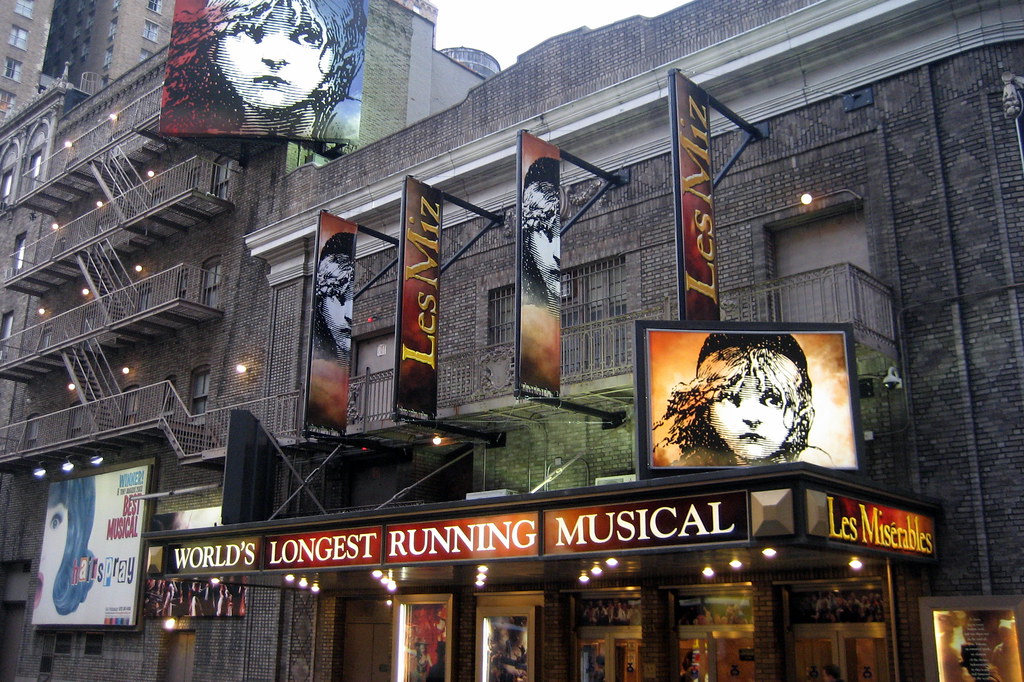
Karina Puikkonen / The Daily Utah Chronicle
If you put 700 elementary and high school students together in a room, the potential for chaos is high. If those students are some of the best in state of science projects, that chaotic energy is translated into a real passion and drive for science.
The Salt Lake Valley Science and Engineering Fair took place at Rice-Eccles Stadium on Thursday and Friday.
This is the third year the U has hosted this event, where students from six local school districts and many Catholic schools gather to present their research on various topics.
U professors and both undergraduate and graduate students helped judge the projects along with local businesses with a science or engineering focus, said Jody Oostema, manager of the fair.
Annie Cherkaev, a junior in math, was a judge for the second year and has loved seeing how professional these kids can be.
“It’s interesting to see how the younger students are essentially using the same process as professors and me who do research in physics,” she said.
Thursday was the elementary division for fifth- and sixth-graders. Friday included the junior division — those in seventh and eighth grade and the senior division for ninth- to 12th-graders.
Five from the senior division were chosen to go on and represent Utah in the International Science and Engineering Fair in Phoenix in May.
Christian Seipp, a 12th-grader at the Salt Lake Center for Science Education, has participated in the fair before and was excited to present some new research.
He worked with the Markov chain, a mathematical equation for changes over time, and modified the early 20th-century model. Seipp applied it to DNA, using much less work and much less chemistry, and he said it is a method that has never been used before.
With a range of topics represented at the fair, judges were assigned to their specialties. Student participants were glad for the opportunity to speak to someone who could understand their work and provide feedback. Yet, both students and judges had the chance to learn.
“There are some projects that aren’t done the best but I still learn from all of them. Every time I come, I learn,” said Donald Lickei, a retired chemist who has been judging the fair for four years.
He said these fairs allow students to think independently, because they choose projects based on their own interests not because their teacher assigned them.
Those interests can be anything, as long as there is a tie to science or engineering.
Guy Eroh, a 10th-grader at the Academy for Math, Engineering and Science at Cottonwood High School, has always been interested in marine biology, and when he started working with a professor at the U, Victoria Rowntree in the Department of Biology, he discovered how he could contribute. His project looked at the reasoning behind partial albinism in whales, a subject she was already studying.
His project led him into various labs at the Huntsman Cancer Institute and the U alongside many professors and other scientists.
He hopes to continue his research and knows that his findings are publishable, though he needs to wait for more data.
“It’s a great feeling — I don’t really know how to describe it,” he said. “It’s like I’ve contributed to the world in some way already.”
He took first place in the cellular and molecular biology section and qualified for the international fair.
Other student projects impressed Eroh and other participants, and the students’ work continually impressed the judges.
“There’s no limit to what [these students] can do. There’s no age limit on research and on coming up with an idea to make the world a better place. They are doing cancer research and simple things like trying to find a new kind of salt to melt ice on roads that’s not as harsh on the environment,” Oostema said. “They have no limitations.”















